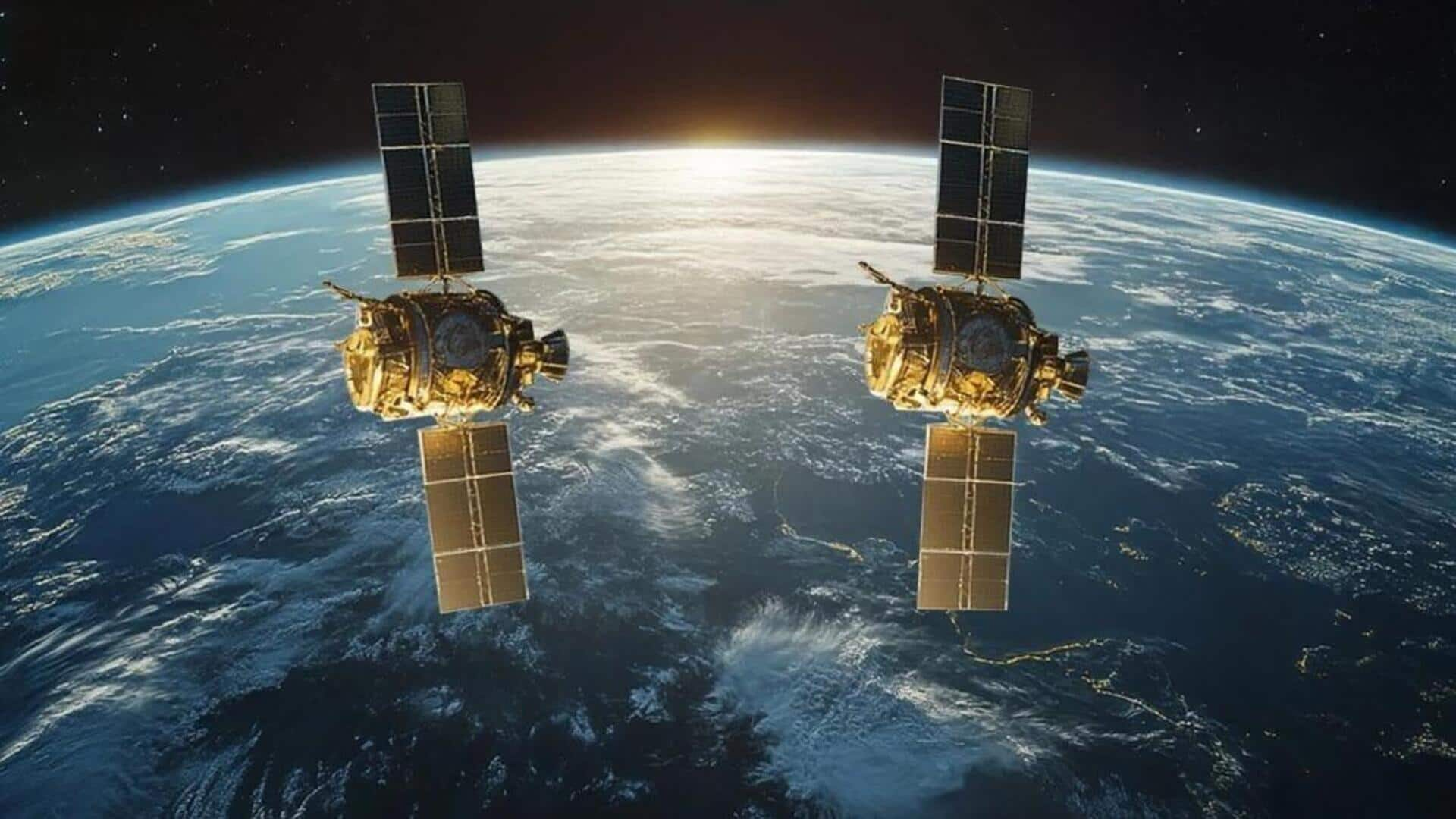ISRO's SpaDeX mission launches today: When and where to watch
What's the story
The Indian Space Research Organisation (ISRO) is gearing up for its last mission of the year, the "Space Docking Experiment" or SpaDeX.
It is a groundbreaking mission aimed at establishing India's expertise in orbital docking, a critical technology for advancing human spaceflight and satellite servicing initiatives.
The launch will take place today at 10:00pm from the Satish Dhawan Space Centre (SDSC) SHAR in Sriharikota. You can watch the event live starting at 9:30pm via ISRO's official YouTube account.
Twitter Post
Take a look at ISRO's post
🎉 Launch Day is Here! 🚀
— ISRO (@isro) December 30, 2024
Tonight at precisely 10:00:15 PM, PSLV-C60 with SpaDeX and innovative payloads are set for liftoff.
SpaDeX (Space Docking Experiment) is a pioneering mission to establish India's capability in orbital docking, a key technology for future human… pic.twitter.com/147ywcLP0f
Mission details
SpaDeX mission to test autonomous docking capabilities
The SpaDeX mission will use PSLV-C60 rocket to launch two small spacecraft - SDX01 (the Chaser) and SDX02 (the Target) - into a low-Earth circular orbit.
This experiment is especially difficult because the small size and mass of the spacecraft demand finer precision for rendezvous and docking maneuvers than larger spacecraft.
The mission will also test capabilities required for future lunar missions like Chandrayaan-4.
Technology
SpaDeX spacecraft carry advanced positioning system
Both SpaDeX spacecraft are outfitted with a differential GNSS-based Satellite Positioning System (SPS) that delivers Position, Navigation, and Timing (PNT) solutions.
A unique RODP processor is integrated into the SPS receiver to accurately determine the relative position and velocity of the Chaser and Target.
This technology is critical to ensure successful docking maneuvers during the mission.
Control center
SPADEx spacecraft to be controlled from ISRO's ISTRAC
The UR Rao Satellite Centre (URSC) designed and realized the SpaDeX spacecraft with help from other ISRO centers.
During its orbital phase, the spacecraft will be controlled from ISTRAC with ISRO ground stations and externally hired ground stations.
The fully integrated and tested satellite has been moved from URSC to SDSC for final launch preparations.
Launch plan
PSLV-C60 to place satellites into circular orbit
The PSLV-C60 will inject the 220-kg satellites into a 470-km circular orbit.
After separation, the Target satellite's propulsion system will keep a distance of 10-20km to avoid further drift, initiating "far rendezvous."
The Chaser satellite will then slowly close in in calculated stages until it docks. Once docked, the satellites will showcase electrical power transfer and joint spacecraft control.
Advanced features
SpaDeX mission employs innovative technologies
The SpaDeX mission will use innovative technologies such as docking mechanisms and advanced sensors.
A relative orbit determination and propagation system, based on navigation constellations, is also included in this mission.
The Chaser satellite has a high-resolution miniature surveillance camera, while the Target satellite has a multispectral payload to monitor vegetation and natural resources.
A radiation monitor on the Target will also collect space radiation data for analysis.
